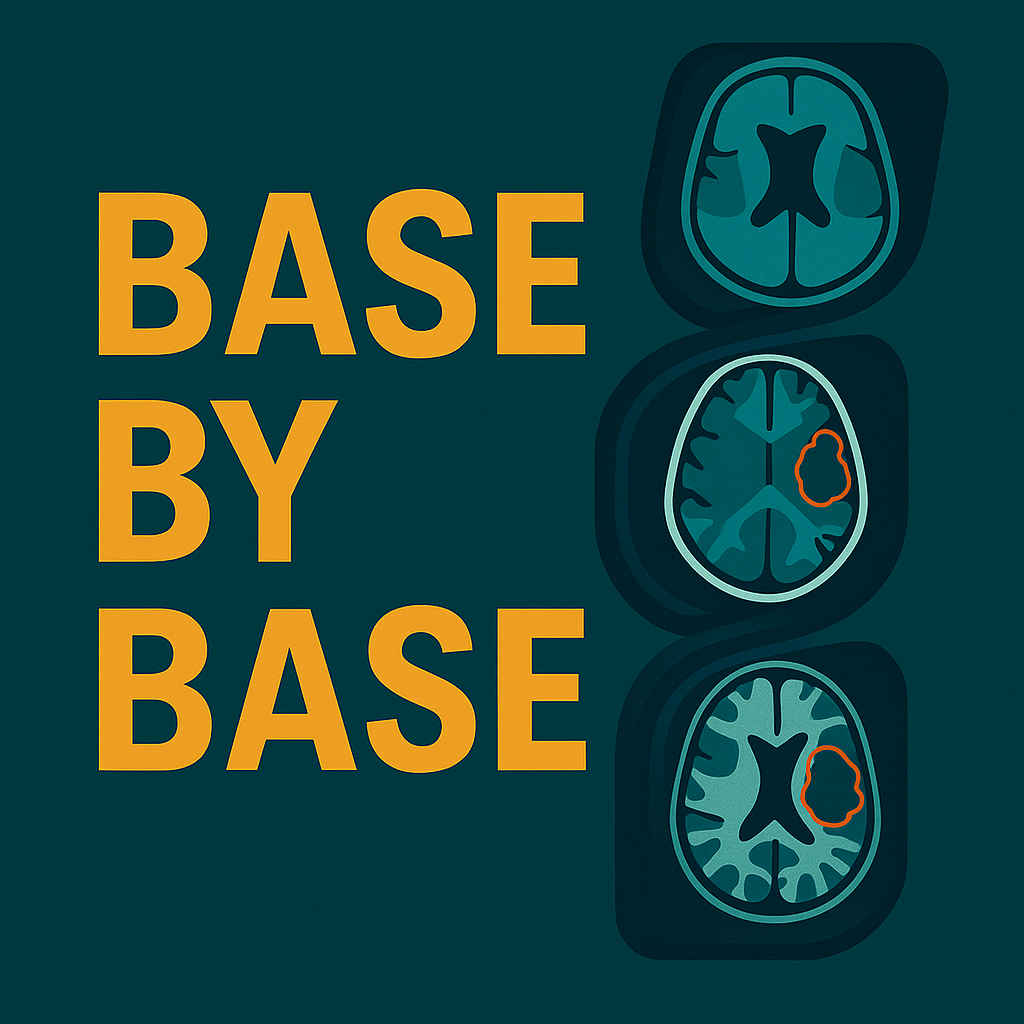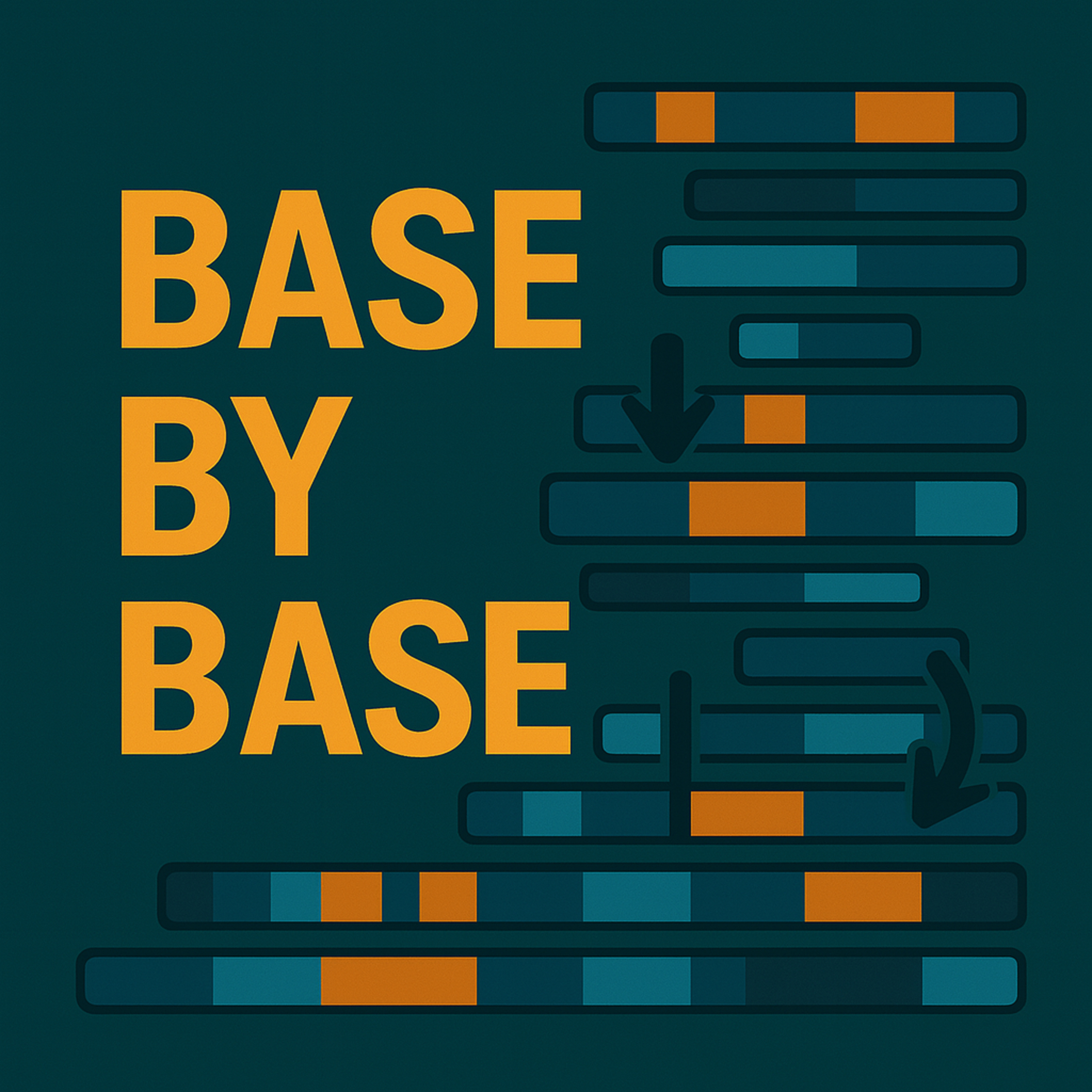Show Notes
️ Episode 191: CATphishing: Synthetic Learning as an Alternative to Federated Learning in MRI
In this episode of PaperCast Base by Base, we explore a Nature Communications study that proposes CATphishing—an approach that uses latent diffusion models to generate site-specific synthetic 3D brain MRIs for collaborative training without sharing raw data. The work spans seven institutions and 2,491 patients and evaluates whether models trained on synthetic data can match those trained via centralized data sharing or federated learning.
Study Highlights:
The authors train latent diffusion models locally at each site to capture dataset-specific MRI distributions and then aggregate only synthetic multi-contrast MRIs and tumor masks for downstream model training across centers. In IDH mutation status classification, models trained solely on synthetic data achieved performance comparable to centralized and federated approaches, with overall accuracy around 95.5% and AUC near 0.966, versus 96.2% and 0.979 for centralized training. A two‑stage tumor‑type pipeline—separating glioblastoma from IDH‑mutated tumors and then classifying oligodendroglioma versus astrocytoma—likewise showed similar end‑to‑end accuracy for synthetic versus real‑data strategies, landing near 90–92% overall. Fidelity and privacy were examined with FID and no‑reference image‑quality metrics and by a membership‑inference analysis that performed at chance, supporting the case for synthetic data as a viable, privacy‑preserving alternative in multi‑center AI development.
Conclusion:
CATphishing demonstrates that high‑fidelity synthetic MRI can enable cross‑institutional modeling with accuracy close to real‑data training while reducing privacy, communication, and coordination burdens in multi‑center collaborations.
Reference:
Truong NCD, Yogananda CGB, Wagner BC, Holcomb JM, Reddy DD, Saadat N, Bowerman J, Hatanpaa KJ, Patel TR, Fei B, Lee MD, Jain R, Bruce RJ, Madhuranthakam AJ, Pinho MC, Maldjian JA. Categorical and phenotypic image synthetic learning as an alternative to federated learning. Nature Communications. 2025;16:9384. https://doi.org/10.1038/s41467-025-64385-z
License:
This episode is based on an open-access article published under the Creative Commons Attribution 4.0 International License (CC BY 4.0) – https://creativecommons.org/licenses/by/4.0/
Support:
If you'd like to support Base by Base, you can make a one-time or monthly donation here: https://basebybase.castos.com/




